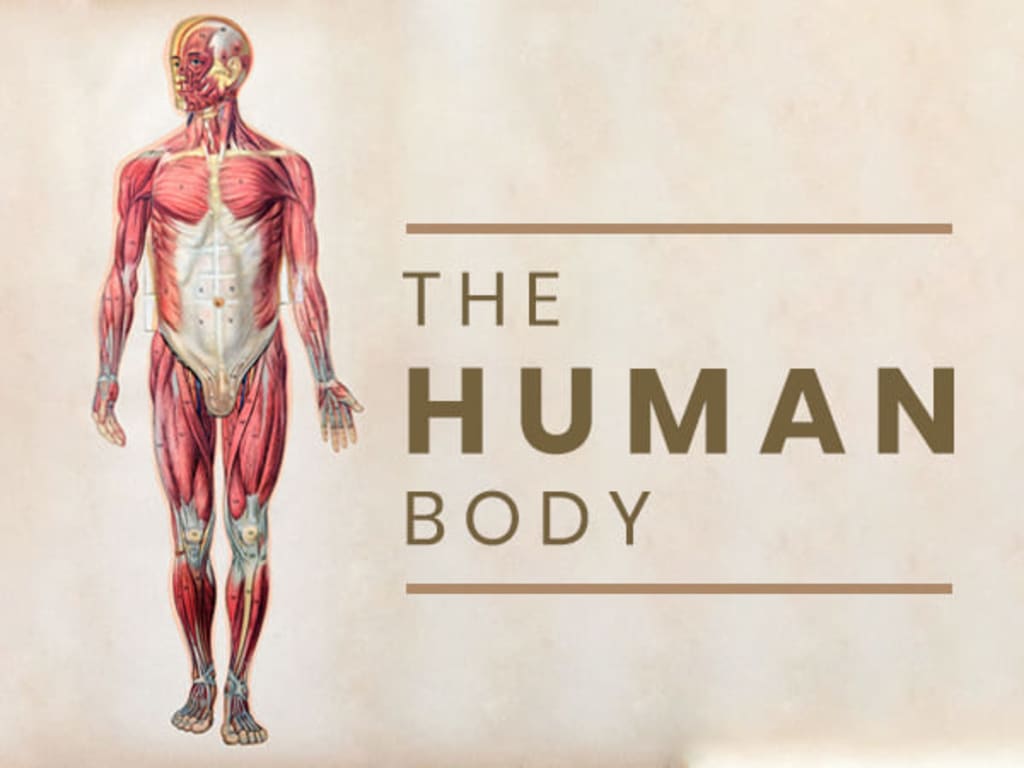Humans: A Unique Journey of Evolution and Adaptation
Unveiling the Uniqueness: The Human Journey of Evolution and Adaptation

Our planet is home to an incredible array of animals with diverse anatomical adaptations. From the astounding speed of cheetahs to the ability of frogs to survive being frozen alive, the animal kingdom is filled with remarkable attributes. In comparison, humans may not excel in physical abilities like jumping, climbing, or sprinting, nor can we hibernate or regenerate limbs. However, what sets humans apart is our unparalleled cognitive and physical adaptations, allowing us to dominate nearly every habitat and create civilizations that shape the world as we know it.
Humans, throughout history, have been on an extraordinary journey of evolution and adaptation, setting them apart from all other species on Earth. As we delve deeper into the unique characteristics that define humanity, we gain a better understanding of how our ancestors' various adaptations have shaped us into the remarkable beings we are today.
Humans, throughout history, have been on an extraordinary journey of evolution and adaptation, setting them apart from all other species on Earth. As we delve deeper into the unique characteristics that define humanity, we gain a better understanding of how our ancestors' various adaptations have shaped us into the remarkable beings we are today.
The ability to throw projectiles with precision and force was another defining trait that emerged in our early hominid ancestors. Approximately two million years ago, Homo erectus exhibited an extraordinary throwing mechanism, enabled by the elongation of their waist, the lower position of their shoulders, and a twist in the humerus bone. This adaptation revolutionized hunting tactics, allowing our ancestors to take down large prey from a safe distance. The process of hunting required strategic planning and cooperation, potentially contributing to the growth of our large brains.
As we move from land to water, the aquatic adaptation becomes evident. Although controversial, evidence suggests that our early ancestors foraged for aquatic foods and spent time in the water. The mammalian dive reflex, triggered by submerging the face in cold water while holding the breath, became a crucial tool for survival in aquatic environments. Populations like the Bajau people of Southeast Asia have honed this adaptation to extraordinary levels, enabling them to dive for extended periods to impressive depths, gathering shellfish and other marine resources.
Adaptation to high-altitude regions further demonstrates the remarkable flexibility of the human body. In the Tibetan plateau and Andean highlands, humans have developed unique responses to cope with reduced oxygen levels. The Andean populations, for instance, have more hemoglobin to carry oxygen, while Tibetans have genetic changes that enhance oxygen utilization and blood vessel dilation through nitric oxide production. Sherpa climbers, descendants of Tibetan highlanders, epitomize these adaptations, setting numerous records in mountaineering and showcasing their exceptional high-altitude abilities.
The human journey of evolution is an ongoing process, and our ability to adapt continues to shape the course of our future. It is through our adaptability and ingenuity that we have transformed the world and left an indelible mark on its history. As we explore the mysteries of human evolution, we are reminded of the incredible and awe-inspiring journey that has brought us to where we stand today.
Our ancestors' ability to overcome physical limitations, invent tools, and form complex societies ultimately enabled us to thrive and dominate the planet. The development of language and the capacity for abstract thought propelled our species to unparalleled heights of knowledge, culture, and technological advancement.
In conclusion, humans' unique journey of evolution and adaptation is a testament to the resilience and creativity of our species. From the early days of Homo erectus to the modern-day achievements of Sherpa climbers, our history is a tapestry of remarkable adaptations that have allowed us to conquer challenges and push the boundaries of what it means to be human. As we continue to explore our origins and the complexities of our existence, we are reminded that the human journey is far from over. With each generation, we add new chapters to this incredible story, shaping the destiny of humanity and the world we inhabit.
About the Creator
Rohit Singh
Software developer, part-time content creator, and tech enthusiast.
Unleashing creativity and embracing tech. Join me on this thrilling journey! 🚀






Comments
There are no comments for this story
Be the first to respond and start the conversation.